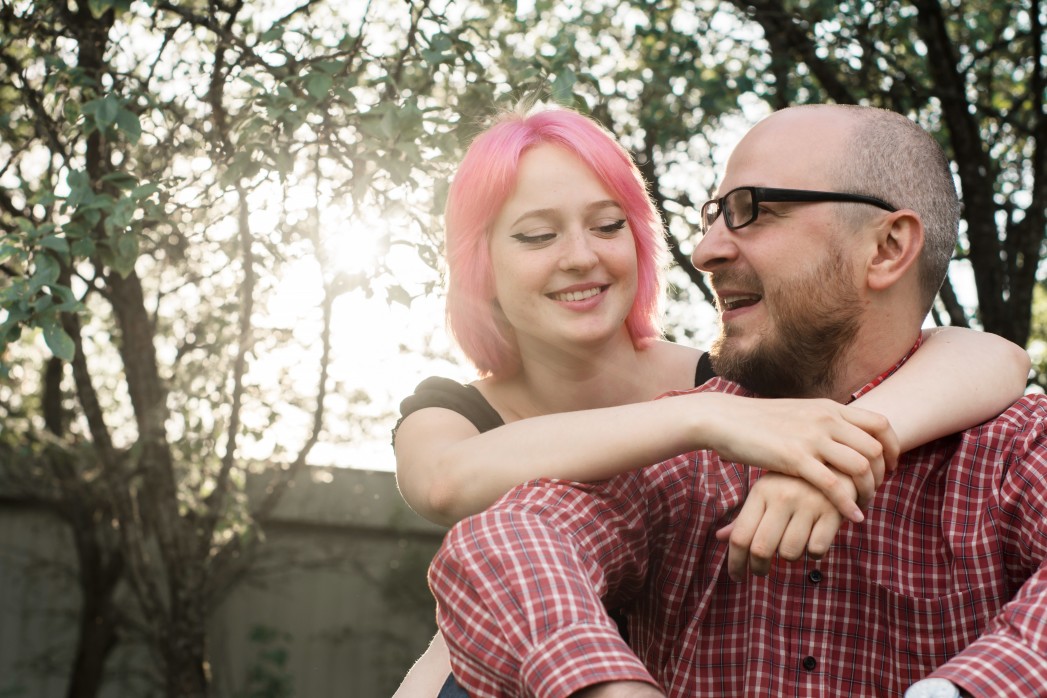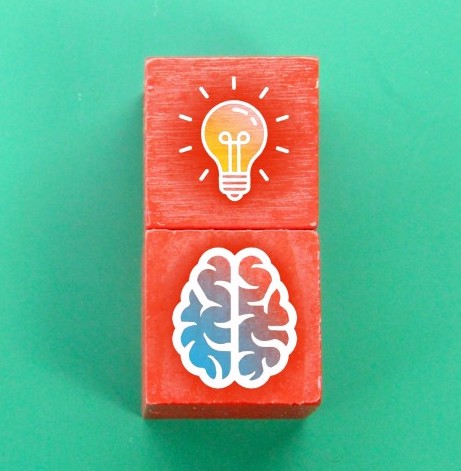 Many parents do not understand why their teenagers occasionally behave in an impulsive, irrational, or dangerous way. At times, it seems like teens don’t think things through or fully consider the consequences of their actions. Adolescents differ from adults in the way they behave, solve problems, and make decisions. There is a biological explanation for this difference. Studies have shown that brains continue to mature and develop throughout childhood and adolescence and well into early adulthood.
Many parents do not understand why their teenagers occasionally behave in an impulsive, irrational, or dangerous way. At times, it seems like teens don’t think things through or fully consider the consequences of their actions. Adolescents differ from adults in the way they behave, solve problems, and make decisions. There is a biological explanation for this difference. Studies have shown that brains continue to mature and develop throughout childhood and adolescence and well into early adulthood.
Scientists have identified a specific region of the brain called the amygdala that is responsible for immediate reactions including fear and aggressive behavior. This region develops early. However, the frontal cortex, the area of the brain that controls reasoning and helps us think before we act, develops later. This part of the brain is still changing and maturing well into adulthood.
Other changes in the brain during adolescence include a rapid increase in the connections between the brain cells and making the brain pathways more effective. Nerve cells develop myelin, an insulating layer that helps cells communicate. All these changes are essential for the development of coordinated thought, action, and behavior.
Changing Brains Mean that Adolescents Act Differently From Adults
Pictures of the brain in action show that adolescents’ brains work differently than adults when they make decisions or solve problems. Their actions are guided more by the emotional and reactive amygdala and less by the thoughtful, logical frontal cortex. Research has also shown that exposure to drugs and alcohol during the teen years can change or delay these developments.
Based on the stage of their brain development, adolescents are more likely to:
- act on impulse
- misread or misinterpret social cues and emotions
- get into accidents of all kinds
- get involved in fights
- engage in dangerous or risky behavior
Adolescents are less likely to:
- think before they act
- pause to consider the consequences of their actions
- change their dangerous or inappropriate behaviors
These brain differences don’t mean that young people can’t make good decisions or tell the difference between right and wrong. It also doesn’t mean that they shouldn’t be held responsible for their actions. However, an awareness of these differences can help parents, teachers, advocates, and policy makers understand, anticipate, and manage the behavior of adolescents.
Source: The American Academy of Child and Adolescent Psychiatry | Teen Brain: Behavior, Problem Solving, and Decision Making, https://www.aacap.org/AACAP/Families_and_Youth/Facts_for_Families/FFF-Guide/The-Teen-Brain-Behavior-Problem-Solving-and-Decision-Making-095.aspx | Copyright © 2022 by the American Academy of Child and Adolescent Psychiatry. Republished with permission.
Do you need someone to talk to? To schedule an evaluation or to get advice about your child’s or teen’s challenges, call or email a CHC Care Coordinator at 650.688.3625 or careteam@stage.chconline.org CHC teletherapy services are available now.





